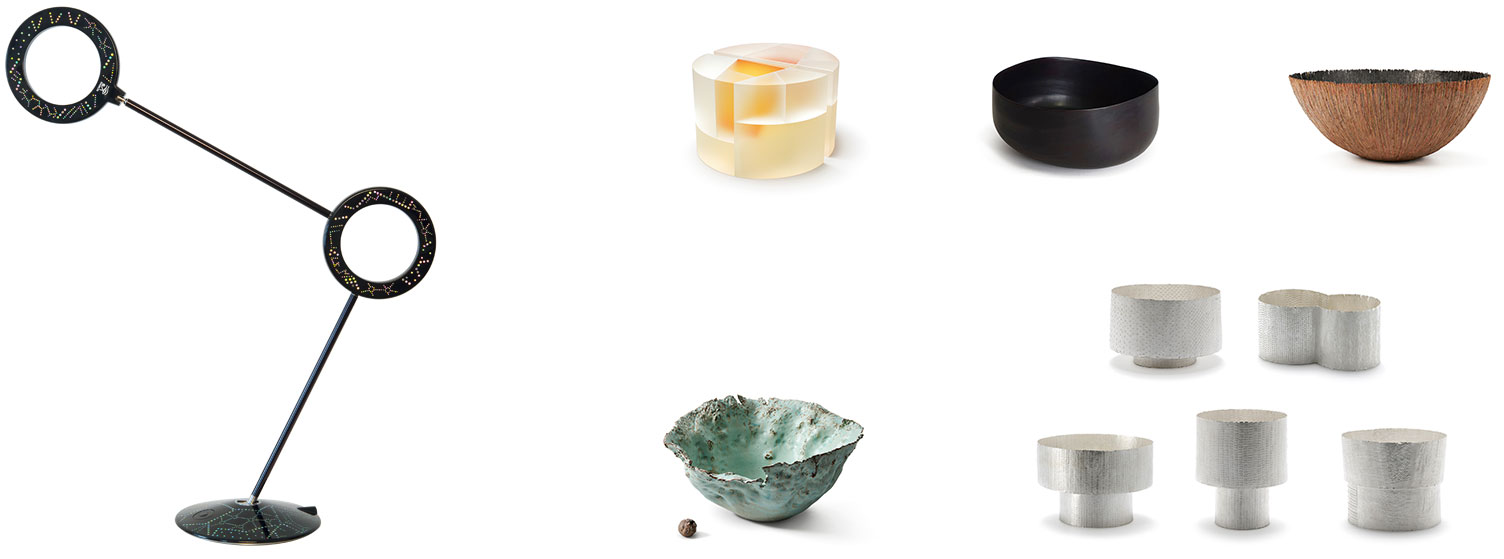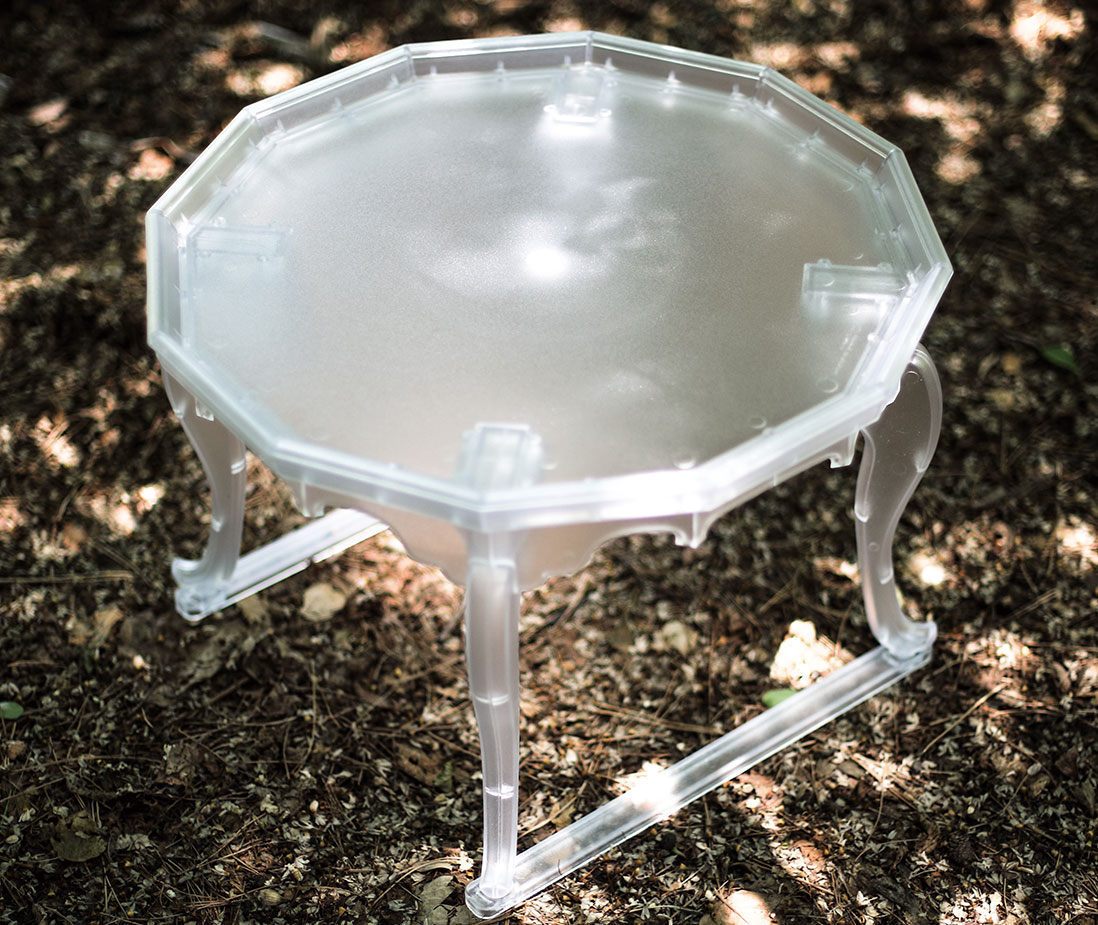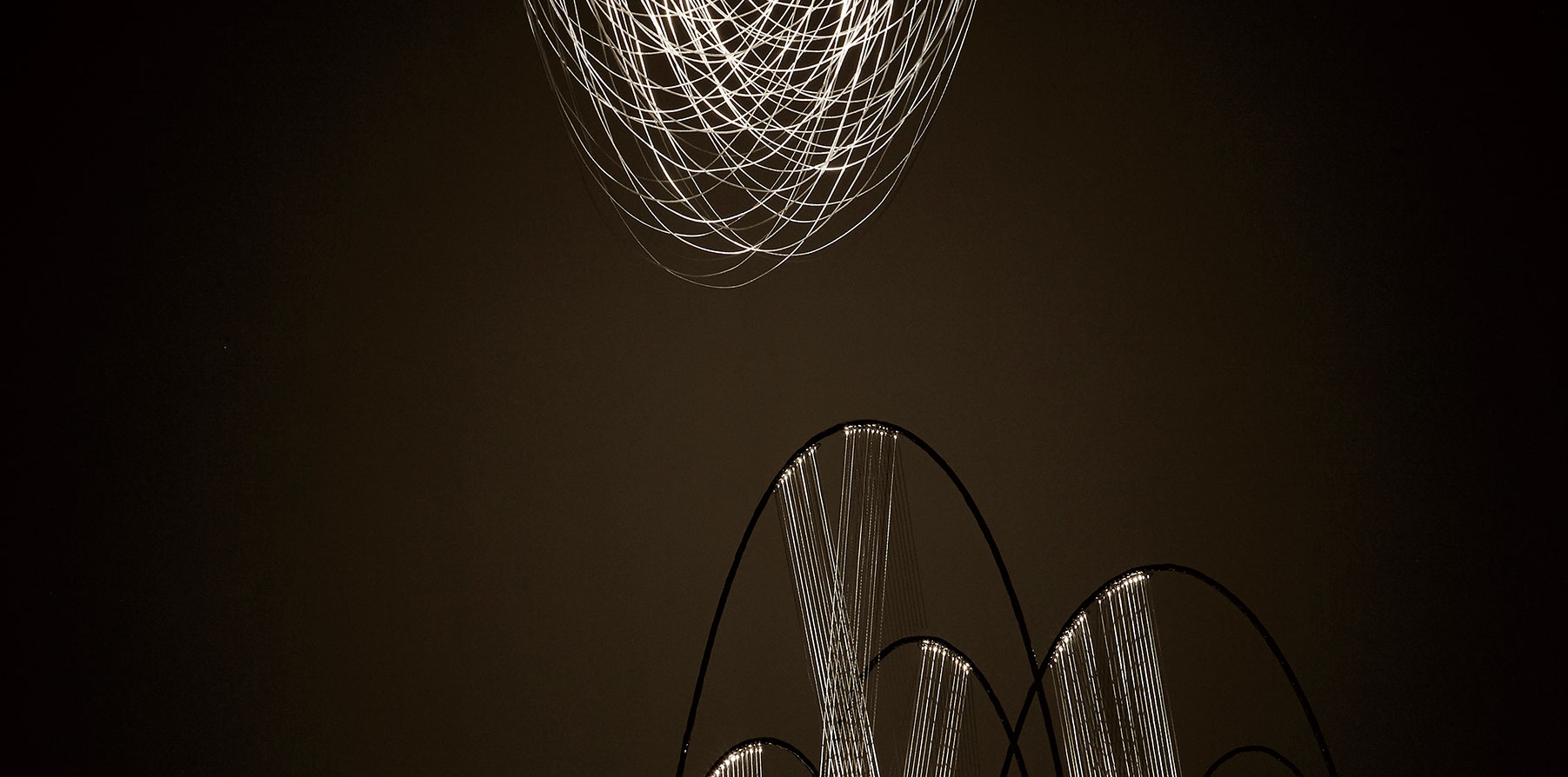Trends
Enduring Aesthetics
Meshing Traditional with Modern
Traditional Korean crafts boast a rich history and are deeply infused in daily life even to the present day; they have had distinct functionality since ancient times. At the essence of these crafts is a crisscross of modern aesthetics, traditional techniques and efficiency of use, and their development in Korea continues.
Written by• Seo Jungmin
(Reporter at Joong-Ang Ilbo)
A combined 2,920 artists from 107 countries applied for the 2020 Loewe Craft Prize, which recognizes modern artisans whose contributions have helped the development of contemporary craft. Of the 30 finalists announced on Feb. 27, six were Korean: Park Sung-youl and Kang Suk-keun (lacquer), Kim Kyeok and Cho Sungho (metal), Lee Jiyong (glass) and Kim Hye-jeong (ceramics). The grand prize is worth EUR 50,000 and the winner will be announced on May 19.
The number of Korean finalists has increased each year since the prize’s inception in 2017, from two (Bae Se-jin and Kim Sangwoo for ceramics) in 2017 to three in 2018 (Chang Yeon-soon for textiles, Cho for ceramics and Kim Joon-yong for glass) and four in 2019 (Kim Min-hee for textiles, Koh Hee-seung and Son Kye-yeon for metal, and Lee Young-soon for paper).
Cho Hye-young, former administrative director of the Korea Craft and Design Foundation, said, “This impressive trend indicates the swift improvement of Korean craftsmanship. Korean artists have proficiently captured original materials to create a prolific synergy between traditional resources and modern lifestyles,” adding that "such accomplishments are the result of persistent efforts to incorporate innovation into daily life.”
The exhibition “Mondo Mendini” last year on Oct. 11 at Groninger Museum in the Netherlands featured the collaborative work “Amuleto Pearl Lamp” by world-class Italian designer Alessandro Mendini and Korean laquerware master Song Bangwung, who is designated Important Intangible Cultural Property No. 10. Limited to 17 units, the lamps were designed by Mendini, and Song added najeonchilgi (lacquerware varnishing applied on a mother-of-pearl surface) with inlay constellation patterns. The Italian, reportedly a long-time fan of Korean laquerware, proposed the collaboration to Song. Their joint piece has 1,566 shells and is housed at Groninger.

(Left) The Amuleto Pearl Lamp is a collaborative work by the late Alessandro Mendini and najeon (lacquerware) master Song Bang-wung. © Ramun Korea
(Right _ From upper left to clockwise) works by five of the six Korean finalists for the 2020 Loewe Craft Prize: Jiyong Lee, Sukkeun Kang, Sung Youl Park, Sungho Cho and Hyejeong Kim. © LOEWE Foundation
Fusing Innovation
Another reason for the global prominence of traditional Korean crafts is the bold fusion of texture, substance and technique.
Otchil (lacquer) is a prime example. In the past, its use was confined to wooden craftwork or najeonchilgi finishing, but today, it is used to complement innovative products.
Lacquer tree (also known as poison ivy or oak) produces bio-and eco-friendly resin of strong durability, antiseptic properties, and resistance to water and acid. The otchil finish is how the UNESCO World Heritage Plaman Daejanggyeong (Tripitaka Koreana) has remained intact since the Goryeo Dynasty era. Nowadays, the material can be applied to pigmentation, whereas new findings found it capable of blocking 30%-70% of harmful electromagnetic waves. A recent otchil-coated smartphone case made use of these newly discovered qualities through a new mixture of carbon fiber and walnut tree bark.
Otchil is also used as a supplementary material for innovative products. At the 2016 “Made 人(in) Korea” exhibition at Seoul’s Dongdaemun Plaza, Kia Motor showcased vehicle interiors varnished in lacquer. Inside the premium sedan Kia K9, the center fascia and dashboard were coated by otchil master Park Gang-yong (Intangible Cultural Property No. 13 of Jeollabuk-do Province). And PN Poongnyun showcased pressure cookers adorned with luxurious butterfly and owl patterns by najeonchilgi master Jeong Soo-hwa.
Even luxury car manufacturers Rolls Royce and BMW have utilized otchil for interior finishes, as has NASA for corrosion-proof spaceship components.
Otchil artist Jeong Eun-jin is focused on varnishing glass with lacquer. The glass adopts not only colorful shades but also varied levels of transparency. Besides glass, Jeong continues to expand otchil applications to interior installments like doors and walls.
The use of hanji (traditional paper) is also undergoing a revolution. The eco-friendly knitwear brand Second Skin invented and manufactures “hanji-wear,” or plant-based knitwear made from 99.9% antibacterial hanji that is extremely bio-friendly. Furthermore, the material is highly durable in being resistant to repeated washing.

Ha Ji-hoon’s version of hojokban (tiger-legged soban). © SOLUNALIVING
Ha Ji-hoon, famed Korean furniture designer and professor of living design at Kaywon School of Art and Design in Uiwang, Gyeonggi-do Province, is known for experimentation with crafts. His graduation piece at the Royal Danish Academy of Fine Arts’s School of Design, “Jari (Mountain Chair),” became the first Korean-made furniture acquired by the V&A Museum.
Ha has also created plastic and metal-based soban (a small table with multiple uses). Made with 2mm aluminum surfaces, his reinterpretation of Gangwon-do Province’s traditional soban “Round Ban” placed a wooden surface at the bottom of the figure instead of at the top. Acclaimed for its uniquely Korean aesthetics and contemporary utility, his work was given as gifts to the 11 heads of state at the 2014 ASEAN (Association of Southeast Asian Nations)-Republic of Korea Commemorative Summit.
Though some question how traditional works are given the use of industrial manufacturing processes and plastic materials, reinterpretations of traditional crafts can maintain originality in form and conceptual identity. Such works often prove their value through maximized utility and function that make them relevant even in modern times.




















